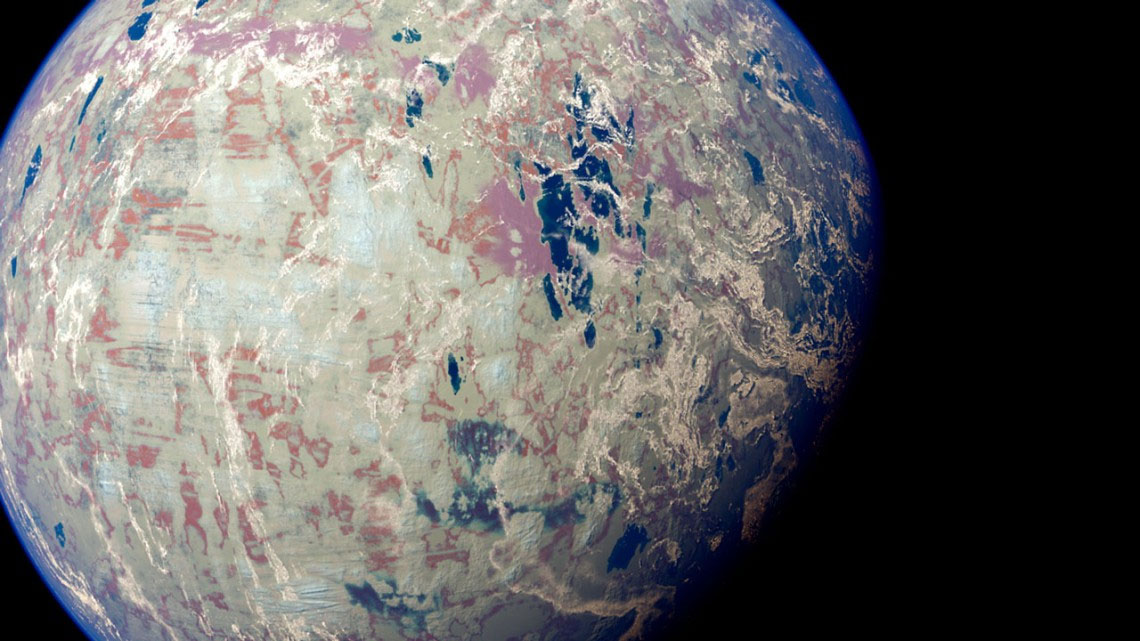| Mar 15, 2022 |
Combing the cosmos: New color catalog aids hunt for life on frozen worlds
|
|
(Nanowerk News) Aided by microbes found in the subarctic conditions of Canada’s Hudson Bay, an international team of scientists has created the first color catalog of icy planet surface signatures to uncover the existence of life in the cosmos.
|
|
As ground-based and space telescopes get larger and can probe the atmosphere of rocky exoplanets, astronomers need a color-coded guide to compare them and their moons to vibrant, tinted biological microbes on Earth, which may dominate frozen worlds that circle different stars.
|
|
But researchers need to know what microbes that live in frigid places on Earth look like before they can spot them elsewhere.
|
|
The study, published in the journal Astrobiology ("Color Catalogue of Life in Ice: Surface Biosignatures on Icy Worlds"), provides this toolkit. Researchers from Cornell University, Portugal’s Instituto Superior de Agronomia and Técnico and Canada’s Université Laval in Quebec were involved in the study.
|
 |
| With a color catalog based on Earth’s microbes, astronomers can begin to decipher the tint of life on distant, frozen exoplanets, as depicted in this artistic rendering. (Image: Jack Madden)
|
|
“On Earth, vibrant, biological colors in the Arctic represent signatures of life in small, frozen niches,” said lead author Lígia F. Coelho, an astrobiologist and doctoral student at Técnico. She grew and measured this frigid, colorful biota at the Carl Sagan Institute at Cornell (CSI).
|
|
Coelho collected 80 microorganisms from ice and water at Kuujjuarapik, Quebec, working across the frozen Hudson Bay, obtaining ice cores and drilling holes in the ice to take water samples. She acquired samples at the mouth of the Great Whale River in February 2019.
|
|
“When searching for life in the cosmos, microbes in these frozen plains of the Arctic give us crucial insight of what to look for on cold new worlds,” said Lisa Kaltenegger, a senior author on the paper, professor of astronomy at Cornell and director of the Carl Sagan Institute. Kaltenegger explained that this icy microbial life is well-adapted to the harsh radiation bombardment of space – which can be the norm on distant exoplanets under a red sun.
|
|
“We are assembling the tools to search for life in the universe, so as not to miss it, taking all of Earth’s vibrant biosphere into account – even those in the breathtaking chilled places of our Pale Blue Dot,” Kaltenegger said.
|

